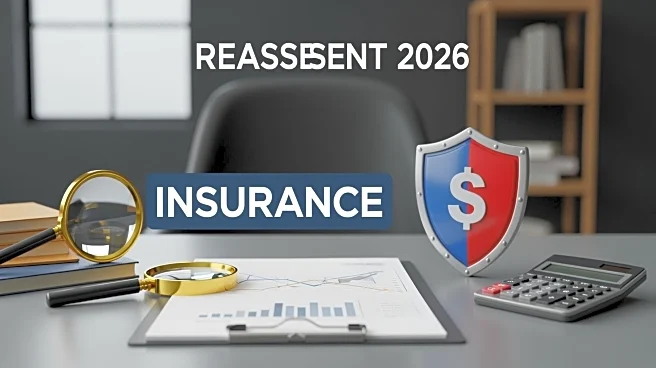What's Happening?
Small business owners are being advised to reassess their insurance coverage as they prepare for 2026. With the end of the year approaching, many businesses are reminded to review their insurance policies to ensure they align with current operations and
potential risks. Changes in business operations, such as increased revenue, new locations, or additional services, can affect insurance needs. Business owners are encouraged to evaluate their general liability and property coverage to reflect current replacement costs and operational changes. Additionally, specialty coverage may be necessary for businesses in specific industries, such as food or events, to address unique risks. The importance of maintaining updated records and scheduling annual reviews with insurance providers is emphasized to prevent coverage gaps and ensure adequate protection.
Why It's Important?
Reassessing insurance coverage is crucial for small businesses to avoid financial setbacks due to inadequate protection. As repair and replacement costs rise, outdated policies may not cover potential losses, leaving businesses vulnerable. Ensuring that insurance policies match current business operations and risks can prevent costly surprises in the event of a claim. This proactive approach can safeguard businesses from financial strain and support their long-term stability. By addressing coverage gaps and updating policies, small businesses can better manage risks and focus on growth and development. The advice to conduct annual reviews and maintain thorough documentation is aimed at minimizing disruptions and ensuring swift recovery from any incidents.
What's Next?
Small business owners are encouraged to schedule meetings with their insurance providers before the year ends to review and update their policies. This includes discussing any changes in business operations, reviewing current coverage limits, and identifying potential gaps. Insurance providers may offer risk assessments to help businesses identify areas for improvement. By taking these steps, businesses can ensure their insurance coverage is comprehensive and aligned with their current needs, reducing the risk of financial loss in the future.
















